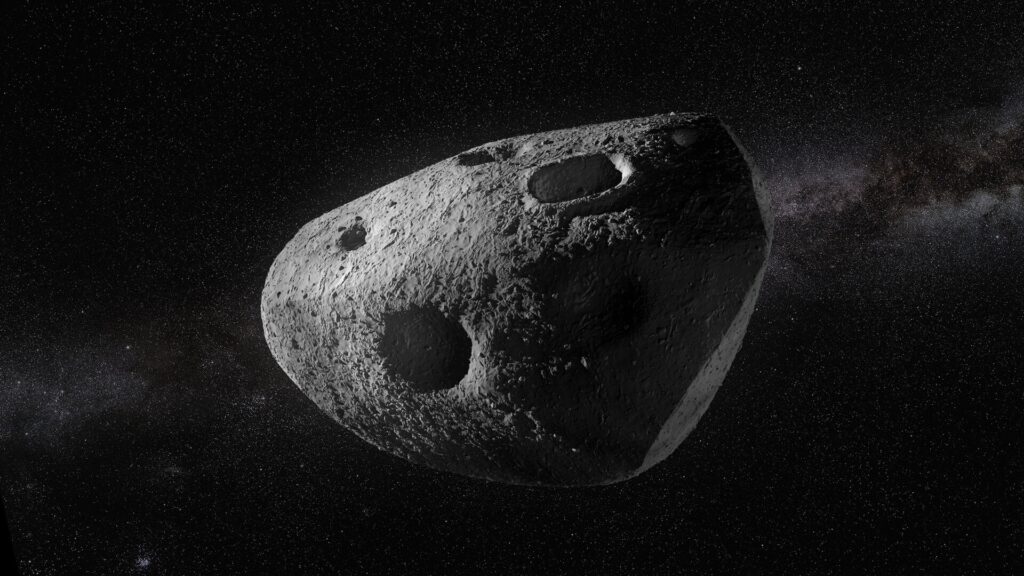
Two mission concepts are currently vying for funding to conduct close encounters with the asteroid Apophis, which is expected to make a significant flyby of Earth in 2029. The missions aim not only to observe the asteroid from a distance but also to potentially collide with it to gather critical data about its composition and structure.
These proposals emerged from a collaboration involving the Planetary Science Institute and the University of Utah. Both organizations presented their concepts at a recent conference in Salt Lake City, highlighting the importance of understanding this near-Earth object. Apophis, which measures approximately 340 meters in diameter, has garnered attention due to its close approach to our planet, which will occur on April 13, 2029. During this event, the asteroid is projected to come within 31,000 kilometers of Earth, closer than many satellites.
The mission concepts aim to leverage small satellite technology, which offers a cost-effective approach to deep space exploration. The first proposal involves deploying a smallsat to perform a flyby and gather data on the asteroid’s surface and orbital characteristics. The second concept suggests a more ambitious plan to send a spacecraft to collide with Apophis, which would allow scientists to analyze the resulting debris and gain insights into the asteroid’s internal structure.
According to the NASA Near-Earth Object Program, studying Apophis could provide valuable information on the potential hazards posed by asteroids. The close approach presents a unique opportunity to observe the asteroid in detail, which is crucial for improving our understanding of similar near-Earth objects.
Funding for these missions is still pending, but proponents assert that they could significantly advance our knowledge of asteroids and inform future planetary defense strategies. The potential collision mission, in particular, could yield unprecedented data on the physical properties of Apophis, which scientists believe may contain materials from the early solar system.
As the 2029 approach of Apophis draws nearer, the urgency to secure funding and finalize mission plans increases. The scientific community remains hopeful that these innovative smallsat concepts will receive the necessary backing to proceed, paving the way for groundbreaking discoveries in planetary science and asteroid research.







